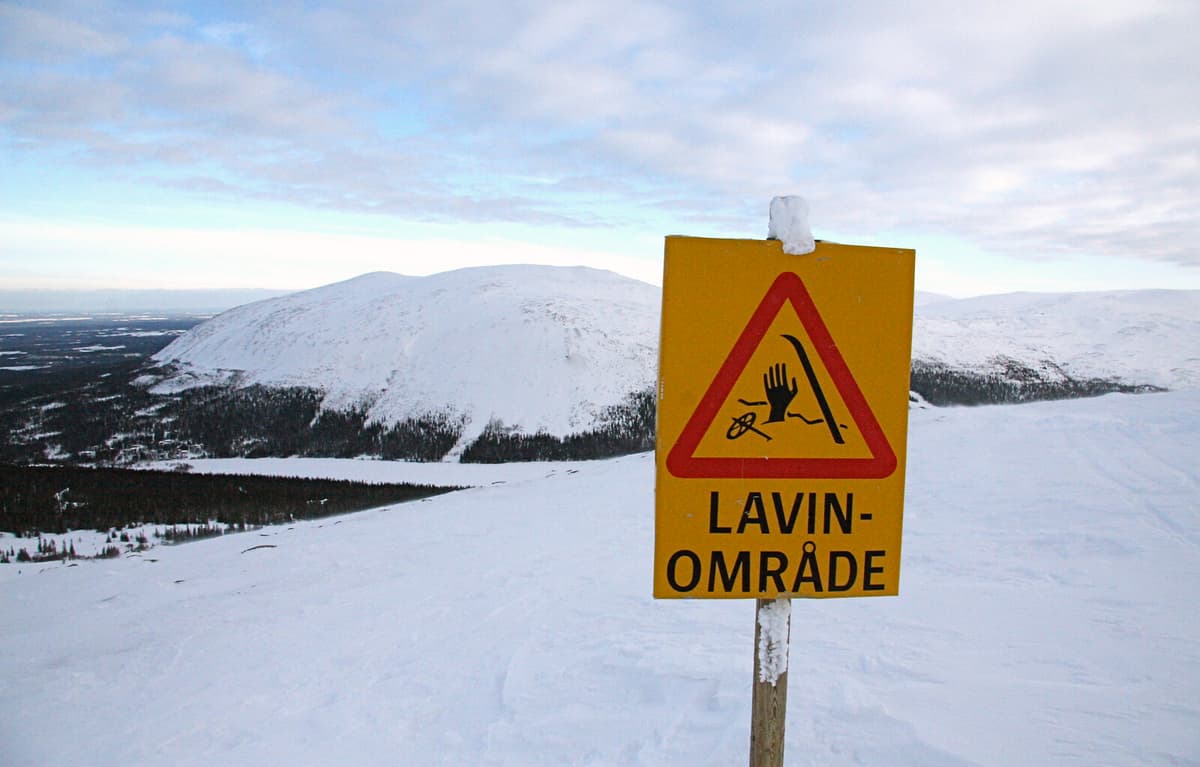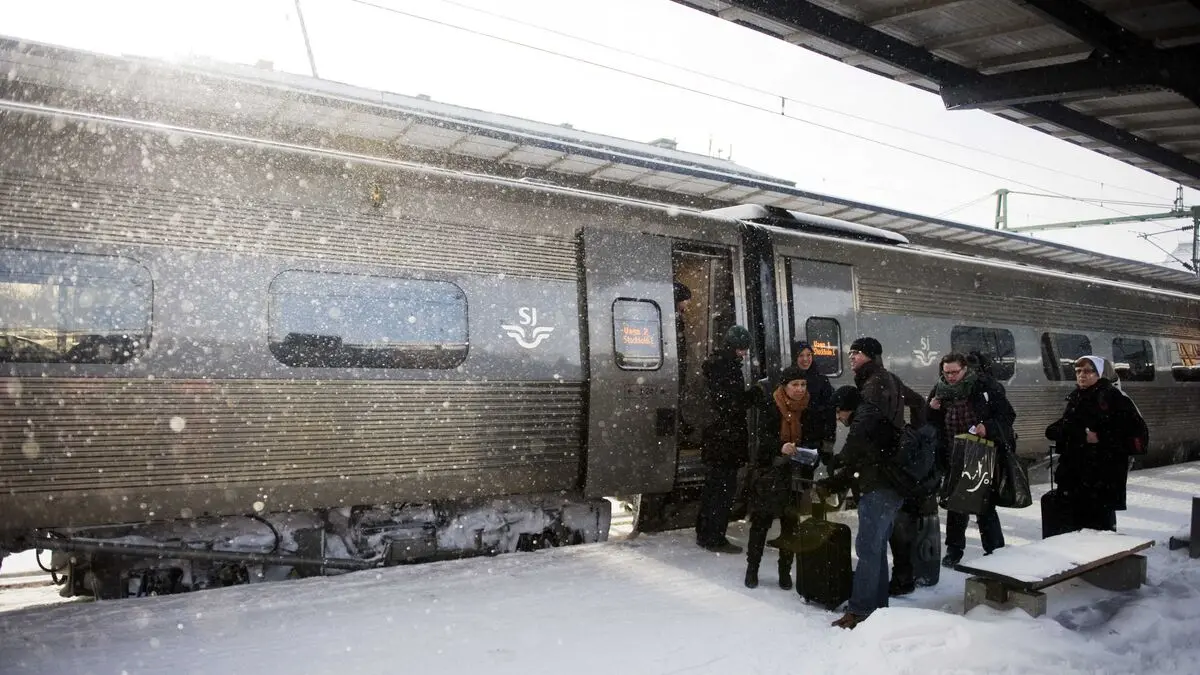In the Abisko and Riksgräns mountains, storm or hurricane-force winds create unstable layers of drifted snow on the mountain slopes. The advice is not to stay in or directly under avalanche terrain. If avalanches occur, they can become unexpectedly large, writes the Swedish Environmental Protection Agency's website Lavinprognoser.
The risk of avalanches is assessed as significant, with hazardous conditions – which corresponds to a three on the five-grade risk scale.
The same assessment applies to the western Vindelfjällen mountains.
Strong winds and rain that turn into snowfall in the area cause the upper part of the snow layer to be colder, while the wetter lower snow layers are unstable and can easily collapse.
Here, too, the assessment is that unexpectedly large avalanches can be triggered, and the advice for people staying in nature is the same as in the Abisko and Riksgräns mountains.
The avalanche warnings are currently in effect until 6 pm on Saturday.
The avalanche risk is divided into a five-grade scale:
1. Low risk. Conditions are generally safe. The snow may be unstable in individual locations. Avalanches are unlikely.
2. Moderate risk. Hazardous conditions in parts of the terrain. It is possible for people to trigger avalanches, but spontaneous avalanches are unlikely.
3. Significant risk. Hazardous conditions. It is likely that people will trigger avalanches and spontaneous avalanches are possible.
4. High risk. Very hazardous conditions. It is very likely that people will trigger avalanches and spontaneous avalanches are probable.
5. Very high risk. Human-triggered and spontaneous avalanches will occur with certainty.
Source: Lavinprognoser.se





